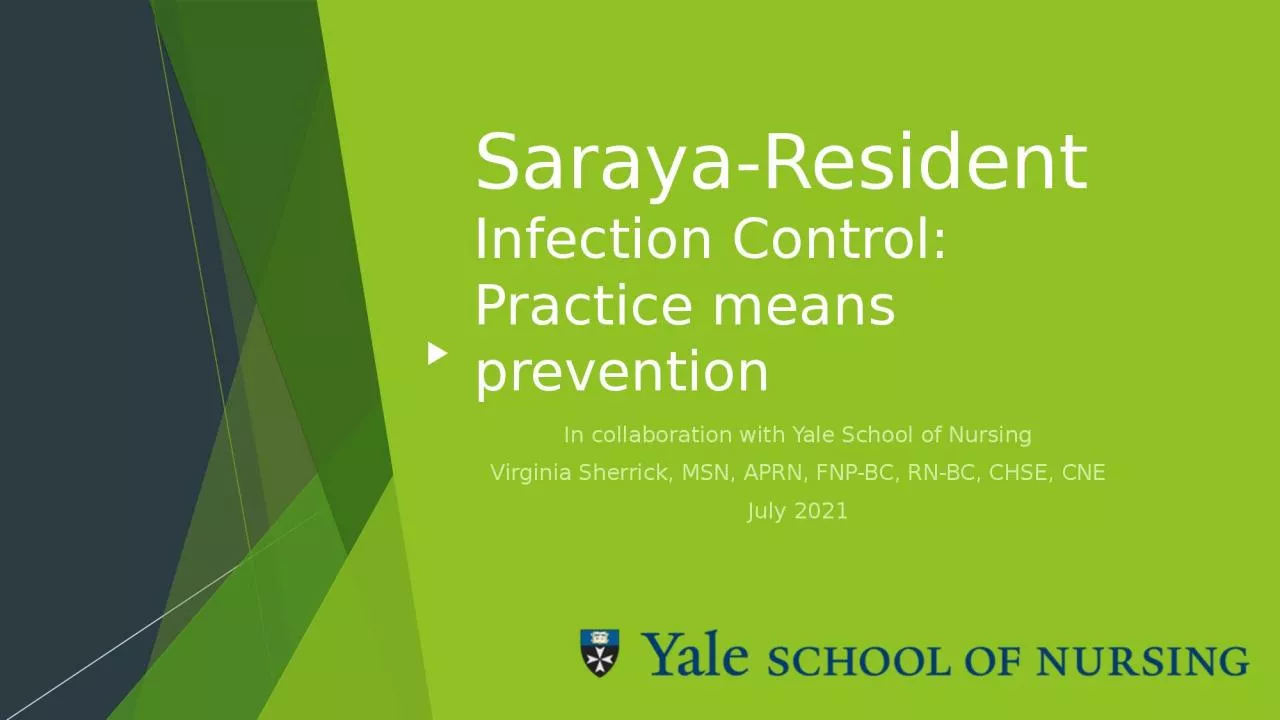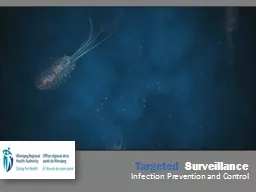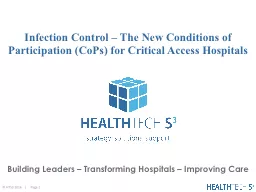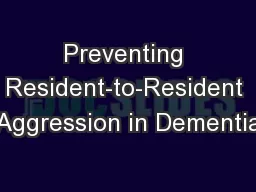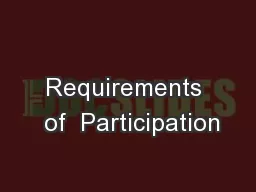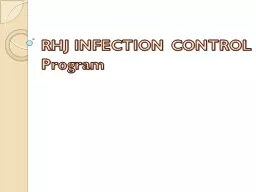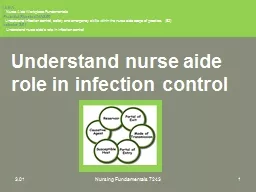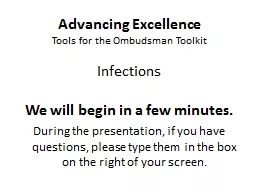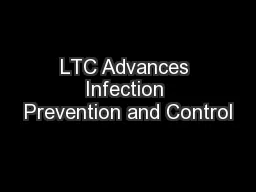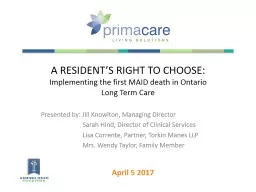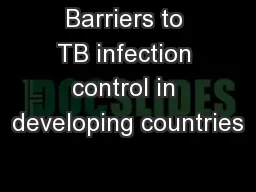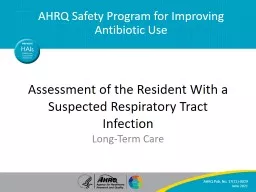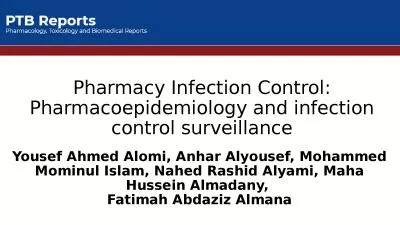PPT-Saraya -Resident Infection Control:
Author : davies | Published Date : 2024-01-29
Practice means prevention In collaboration with Yale School of Nursing Virginia Sherrick MSN APRN FNPBC RNBC CHSE CNE July 2021 Welcome to the Toolkit Welcome
Presentation Embed Code
Download Presentation
Download Presentation The PPT/PDF document "Saraya -Resident Infection Control:" is the property of its rightful owner. Permission is granted to download and print the materials on this website for personal, non-commercial use only, and to display it on your personal computer provided you do not modify the materials and that you retain all copyright notices contained in the materials. By downloading content from our website, you accept the terms of this agreement.
Saraya -Resident Infection Control:: Transcript
Download Rules Of Document
"Saraya -Resident Infection Control:"The content belongs to its owner. You may download and print it for personal use, without modification, and keep all copyright notices. By downloading, you agree to these terms.
Related Documents

